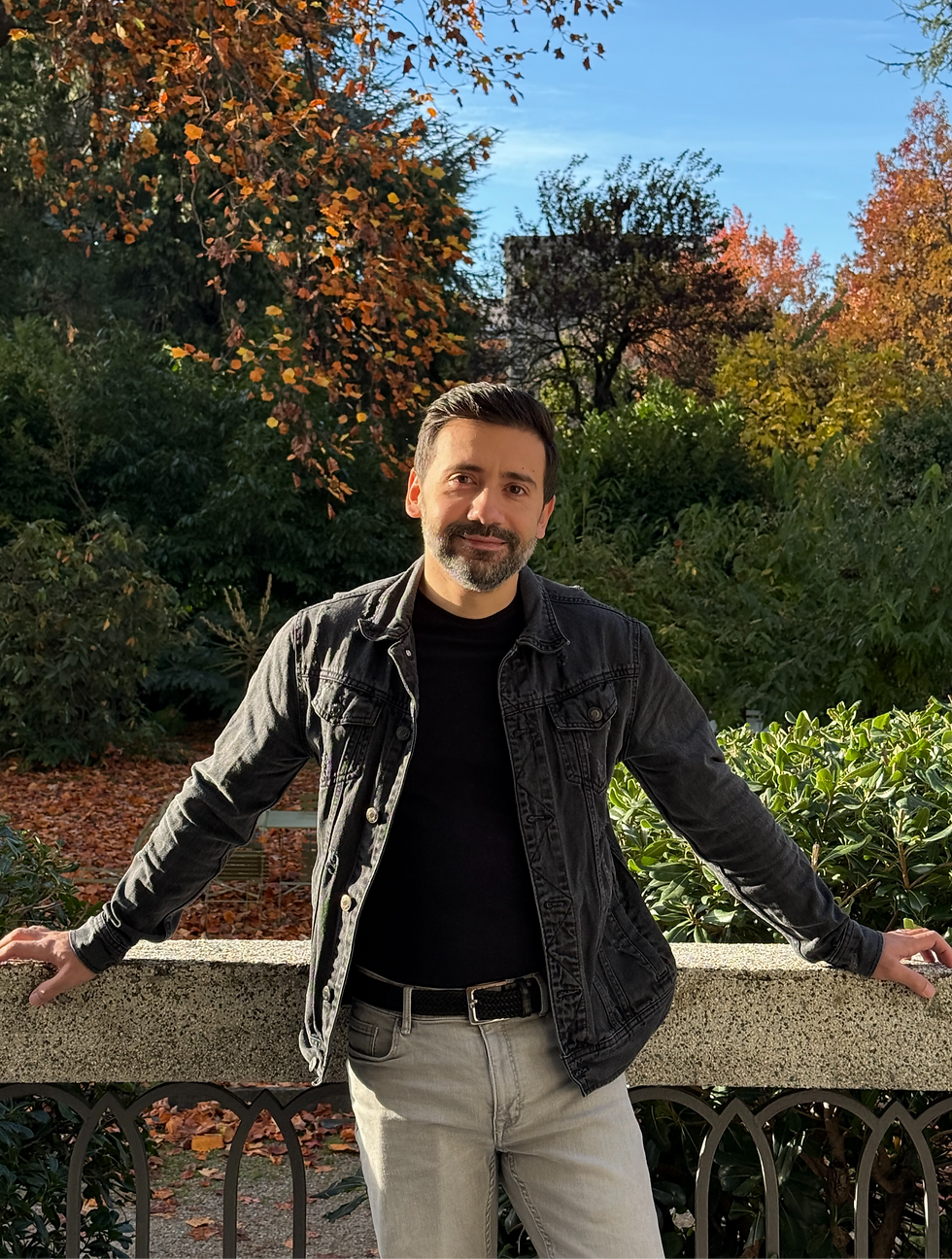Meet the Hubber: Alan Pipitone
- adminticino
- Oct 29
- 3 min read
Updated: Nov 19
We’re excited to introduce another one of the historic figures of Impact Hub Ticino: Alan Pipitone, a software and firmware developer who has been part of our space since before Impact Hub Ticino existed, back when Villa Gujoni was still known as Spazio 1929.
Alan founded his own company, Violet Atom, where he brings together computer science, electronics, and electrical engineering to create innovative, interdisciplinary projects.
Over the years, he has developed different impactful works that reflect his passion for innovation, creativity, and technology.
Keep reading to discover more about Alan’s journey and projects ⤵️

Hi Alan! Can you tell us a bit about yourself and what you do?
My name is Alan Pipitone, and I’m passionate about emerging technologies. After studying electronics and electrical engineering, I delved into computer science, combining these two fields to create projects that span from hardware to software.
Over the years, I’ve developed advanced technological prototypes, particularly in the areas of computer vision, machine learning, and IoT.
I enjoy building end-to-end solutions: from the sensor that collects data, to the algorithm that processes it, and finally to the interface that allows users to interact with the system.
Can you tell us a bit about your work and the challenges you're facing?
One of the biggest challenges in my work is finding new clients in technical and niche fields such as embedded electronics and computer vision. However, thanks to my cross-disciplinary experience, I’m also able to handle software and web projects, including mobile apps, cloud platforms, and company websites.
This versatility allows me to offer a complete end-to-end service, from firmware design to the launch of an app or website, tailoring solutions to the needs of startups, companies, and researchers.
How do you hope your work makes a difference?
I believe I’ve already been able to make a tangible contribution through my projects.
In the past, I developed a prototype medical device for a client, designed to help people with mobility difficulties regain the ability to walk. It was a challenging project that combined electronics, motor control, bluetooth communication, and mobile app development, allowing doctors to configure and monitor the device in real time.
More recently, I oversaw the technical aspects of an exhibition on complex and sensitive topics (which I prefer not to reveal just yet). This experience allowed me to apply technology in a cultural and communicative context, not just a technical one.
What made you choose Impact Hub Ticino as your workplace, and why is it valuable to you?
I’ve been coming to this space for a long time, even back when it was called Spazio 1929. I have very fond memories of that period: there was an artistic and informal atmosphere that encouraged creativity and collaboration. It was there that one of the most significant collaborations of my career began, the one that led me to develop the motor recovery device.
Impact Hub has certainly introduced new services and opportunities, although the spirit of Spazio 1929 remains unique to me. The building, being historic, has some structural limitations (very hot in summer and quite cold in winter), and given the cost of the spaces, I think it would be important to improve overall comfort. Nevertheless, it remains a place I feel deeply connected to and consider an important part of my professional journey.




Comments